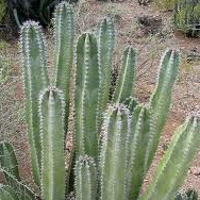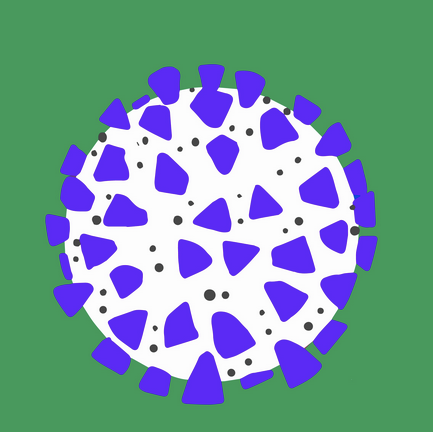The great diversity of living forms is fascinating, and raises questions about how it came to be. How and why do specific characteristics emerge in the course of evolution? Are there general rules underlying evolution? One hundred years after the publication of Charles Darwin’s opus “The Origin of Species”, the structure of DNA has been elucidated. However, to this day, we still lack a general understanding of the genes and the specific mutations that contribute to evolution. Our team uses all currently available approaches (genetics, genomics, developmental biology, biochemistry, behavioral assays, ecology, etc.) to tackle the problem of evolution of species, with the hope to gain a broader understanding of the origin of biodiversity.
Research Projects
Databases
Protocols
BioInfo
Research Projects
Evolution of fly glue and biomimetism
 At the end of the larval stage, Drosophila larvae produce a proteinaceous glue that allows the animal to adhere to a substrate for several days during metamorphosis. We aim to use the powerful genetic tools of the model organism Drosophila melanogaster to explore the molecular basis of adaptation. We want to identify the genes involved in glue adhesion and understand how they have changed during evolution so that the glue can stick to various substrates in diverse environments. We developed a new assay to quantify Drosophila glue adhesiveness and compare adhesion between different Drosophila melanogaster populations and Drosophila species in order to identify the most adhesive fly glues. Furthermore, we also explore natural environments (rotten fruits, soil, etc.) to understand better this fascinating biomaterial that is Drosophila glue. Our ultimate goal is not only to better understand adaptation but also to develop new bioadhesives inspired from Drosophila glue.
At the end of the larval stage, Drosophila larvae produce a proteinaceous glue that allows the animal to adhere to a substrate for several days during metamorphosis. We aim to use the powerful genetic tools of the model organism Drosophila melanogaster to explore the molecular basis of adaptation. We want to identify the genes involved in glue adhesion and understand how they have changed during evolution so that the glue can stick to various substrates in diverse environments. We developed a new assay to quantify Drosophila glue adhesiveness and compare adhesion between different Drosophila melanogaster populations and Drosophila species in order to identify the most adhesive fly glues. Furthermore, we also explore natural environments (rotten fruits, soil, etc.) to understand better this fascinating biomaterial that is Drosophila glue. Our ultimate goal is not only to better understand adaptation but also to develop new bioadhesives inspired from Drosophila glue.
Evolution of genitalia
 We wish to understand how the morphology of genital organs change rapidly during evolution. We combine developmental studies, genomics, genetics, quantitative genetics, population genetics, microCT scans, laser microsurgery and behavioral experiments to understand how genes and cellular mechanisms modulate organ shape in a subtle and precise way, and how this can affect reproduction and long-term evolution. We examine the following genital organs: hypandrial bristles, ventral branches and posterior lobes.
We wish to understand how the morphology of genital organs change rapidly during evolution. We combine developmental studies, genomics, genetics, quantitative genetics, population genetics, microCT scans, laser microsurgery and behavioral experiments to understand how genes and cellular mechanisms modulate organ shape in a subtle and precise way, and how this can affect reproduction and long-term evolution. We examine the following genital organs: hypandrial bristles, ventral branches and posterior lobes.
Living on senita cactus
 Drosophila pachea is one of the rare insect species that is unable to metabolise cholesterol. It lives exclusively on one host plant, the senita cactus, and it requires 7-dehydrogenated sterols produced by this cactus to survive. We identified several coding mutations in an enzyme gene that have made D. pachea dependent on its host cactus. Our work suggests that these mutations are beneficial for D. pachea and have been subject to positive selection.
Drosophila pachea is one of the rare insect species that is unable to metabolise cholesterol. It lives exclusively on one host plant, the senita cactus, and it requires 7-dehydrogenated sterols produced by this cactus to survive. We identified several coding mutations in an enzyme gene that have made D. pachea dependent on its host cactus. Our work suggests that these mutations are beneficial for D. pachea and have been subject to positive selection.
Drosophila pachea has also evolved a resistance towards the toxic compounds of its host cactus. We would like to investigate the genetic basis of this resistance. We also plan to study how a moth species adapted to the senita cactus.
The origin of COVID-19

Click here for more details.
Databases
Gephebase
contains a list of all the genes and mutations that have been found to be responsible for phenotypic differences (morphological, physiological and behavioral traits) between populations or strains for pluricellular organisms. A preliminary list was deposited in Dryad in 2013 and the full open access website is available here.
FlyPhenomics
provides a compilation of the phenotypes that have been reported to differ between at least two species of the D. melanogaster subgroup. More than 150 morphological, physiological and behavioral differences have been described between 1919 and 2006.
associated paper: Orgogozo V, Stern DL, How different are recently diverged species? More than 150 phenotypic differences have been reported for the D. melanogaster species subgroup. Fly 2009 Mar-Apr;3(2):117.
FlyPNS
description of the embryonic and larval peripheral nervous system of D. melanogaster.
made with Wesley Grueber.
associated paper: Orgogozo V, Grueber WB, FlyPNS, a database of the Drosophila embryonic and larval peripheral nervous system. BMC Dev Biol. 2005 Feb 17; 5(1):4.
Protocols
Link to our list of protocols
BioInfo